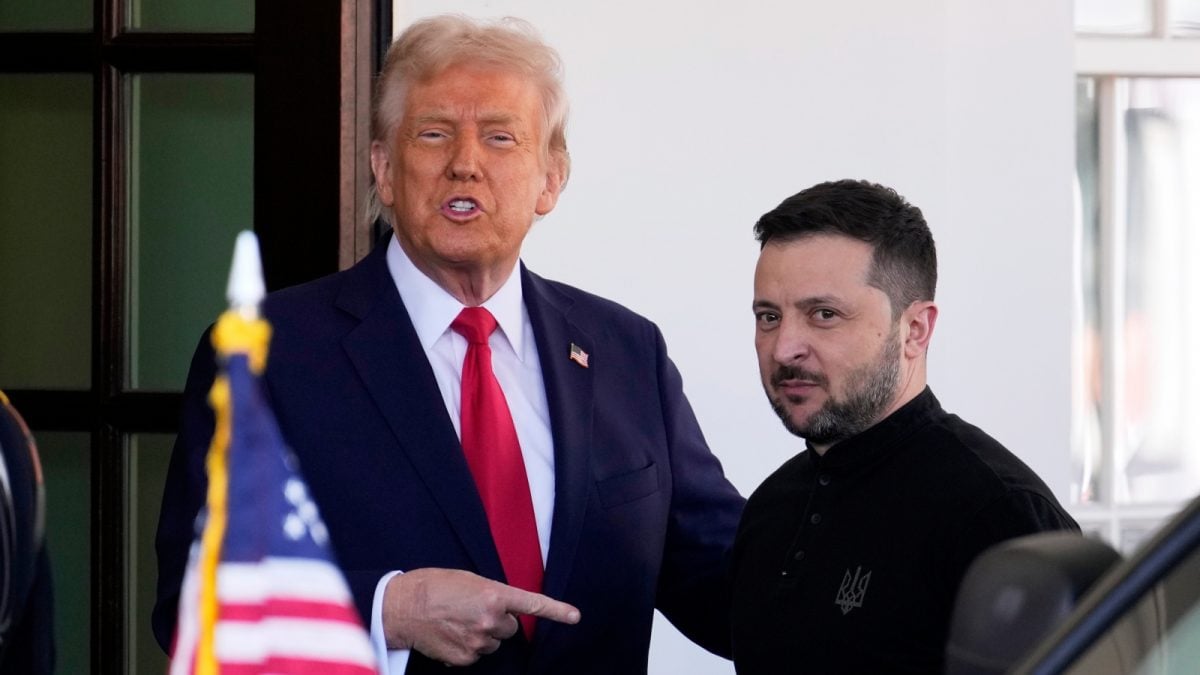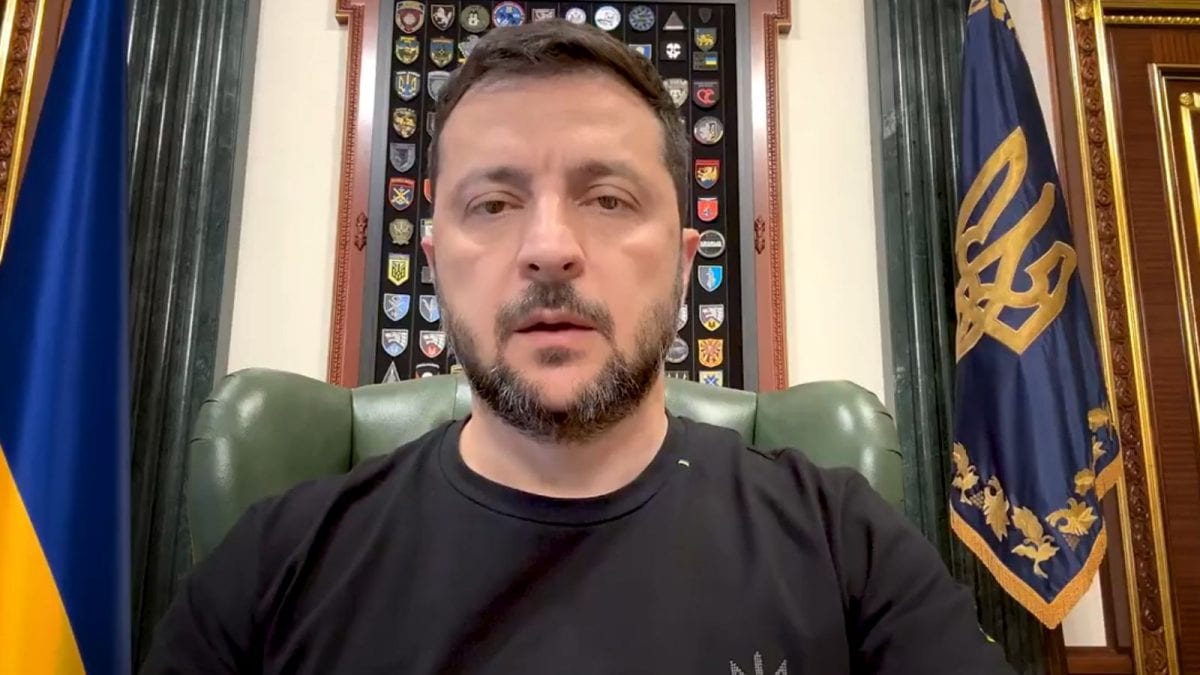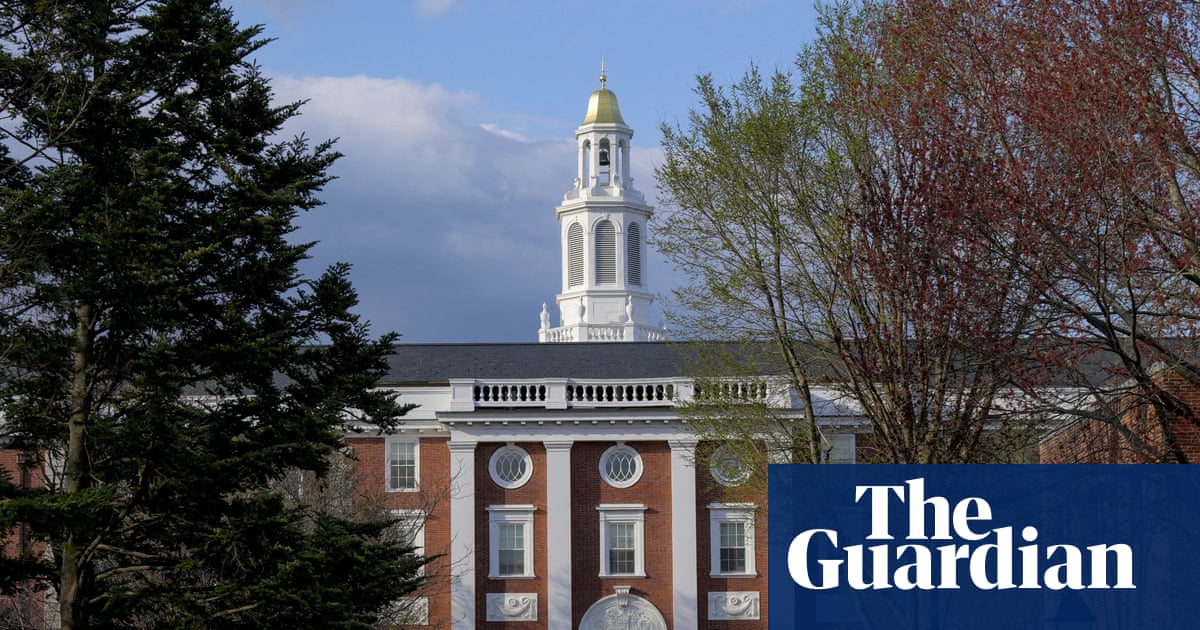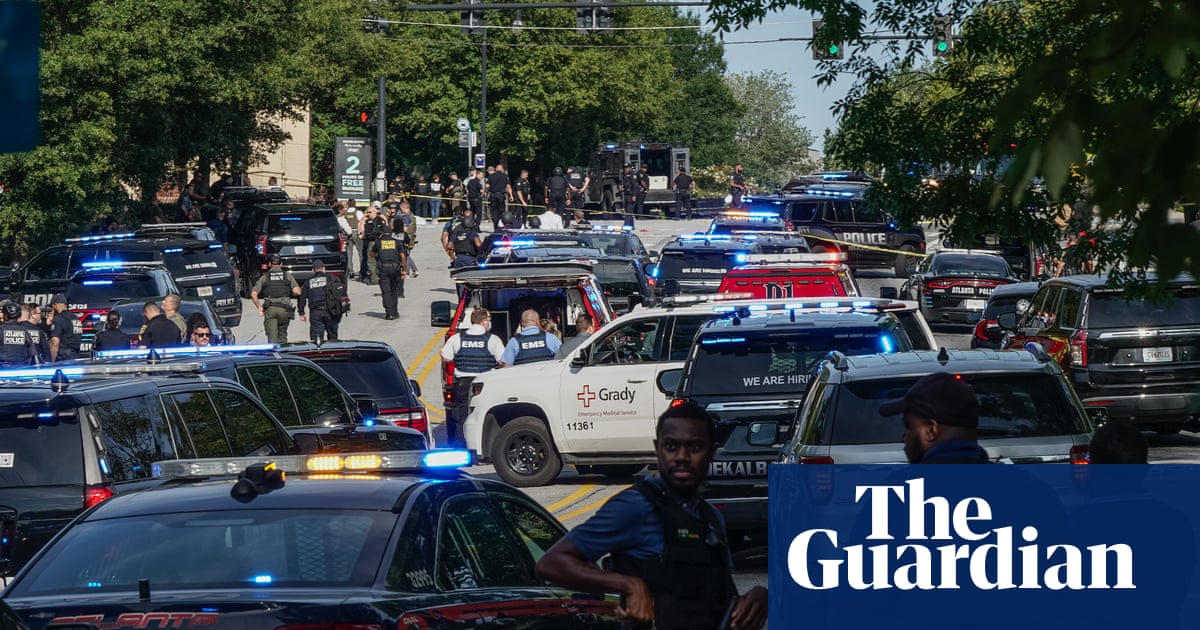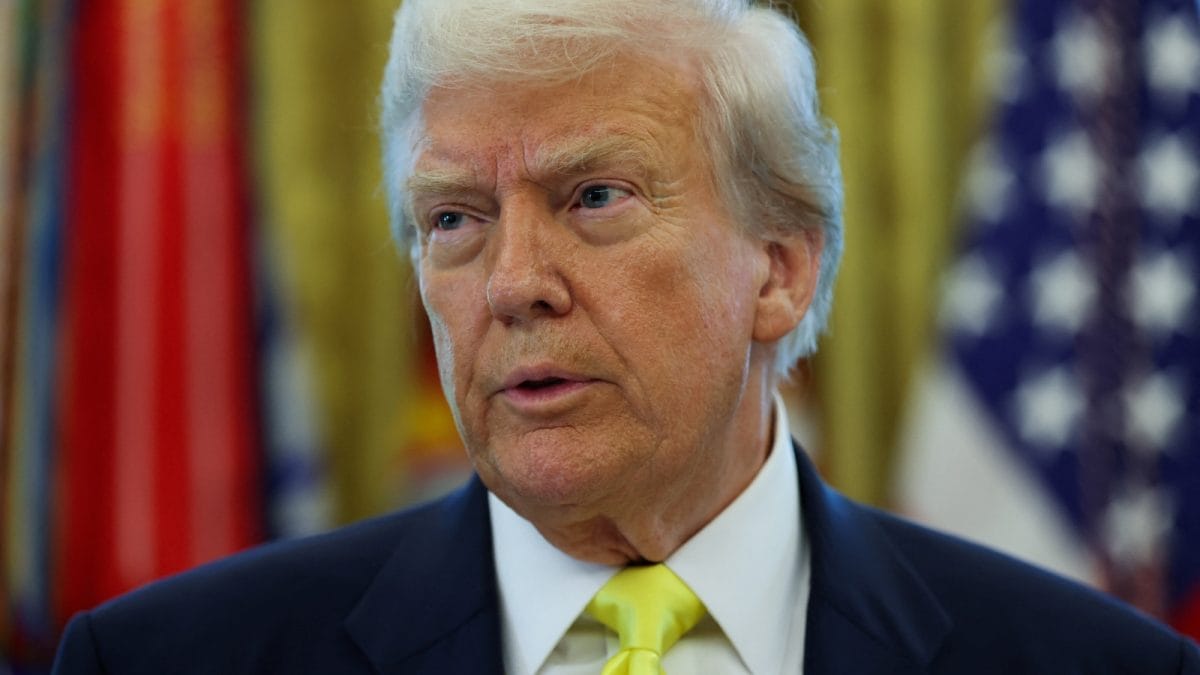Last Updated:June 25, 2025, 23:32 IST
US President Trump refused to call Russian counterpart Putin an enemy, but says more invasions are ‘possible’.

Russian President Vladimir Putin and US President Donald Trump are pictured before a meeting in Helsinki, in this 2018 file photo. Trump said Putin’s territorial ambitions for Russia could stretch beyond Ukraine. (IMAGE: REUTERS)
US President Donald Trump on Wednesday said it was “possible" that Russian President Vladimir Putin could attempt to invade more countries beyond Ukraine, suggesting the Russian leader may have broader territorial ambitions.
“I consider him a person who I think is misguided," Donald Trump was quoted as saying by Euronews.
When pressed on whether Putin might go beyond Ukraine, Trump said, “It’s possible."
Russia currently controls around 20% of Ukraine’s territory, amounting to approximately 112,000 km², including all of Crimea and major portions of the four annexed regions: Donetsk, Luhansk, Zaporizhzhia and Kherson.
This reflects an expansion from its pre‑2022 seizure of about 42,000 km², with a further surge following the full-scale invasion in early 2022.
While Russian gains slowed last year, advancing roughly 4,168 km² in 2024, it still consolidated control over nearly 19% of Ukrainian territory by early 2025.
Earlier this month, while speaking at the St. Petersburg Economic Forum, Vladimir Putin rekindled his claim that Ukrainians and Russians are essentially the same people, arguing that “in that sense the whole of Ukraine is ours".
While the war in Ukraine remains Russia’s most visible front, Moscow’s ambitions extend well beyond its western neighbour. In several former Soviet republics, Russia continues to exert control through military deployments and political proxies.
Russia maintains a military presence in Moldova’s breakaway region Transnistria, where around 1,500 troops from the former 14th Guards Army remain stationed under Moscow’s “peacekeeping" role. They guard the Cobasna ammunition depot and sit on the Joint Control Commission since the 1992 conflict, with the international community alleging that Russia is occupying Moldovan territory without international recognition, according to a report by Reuters.
Abkhazia, a breakaway region in northwestern Georgia, declared independence after the 1992–1993 war with Tbilisi, but remains internationally recognized as part of Georgia. In 2008, after Russia’s brief war with Georgia, Moscow formally recognized Abkhazia’s independence and stationed troops in the region, effectively locking out Georgian control.
South Ossetia, located in northern Georgia near the Russian border, has followed a similar trajectory. After years of separatist tensions, Russia invaded Georgia in 2008 under the pretext of protecting ethnic Ossetians. Following the war, Moscow recognized South Ossetia as an independent state and maintains a heavy military and political presence.
Putin has earlier expressed his desire to restore Russia’s influence across former Soviet and imperial territories, reviving a cultural-political concept often called “Greater Russia" or “Russkiy Mir".
He has publicly likened himself to Tsars like Peter the Great and Catherine the Great, claiming a mission to “return" historic lands and reassert Russian dominance in regions like Ukraine, Moldova, Georgia, and parts of Central Asia, a report by US-broadcaster CNN said.
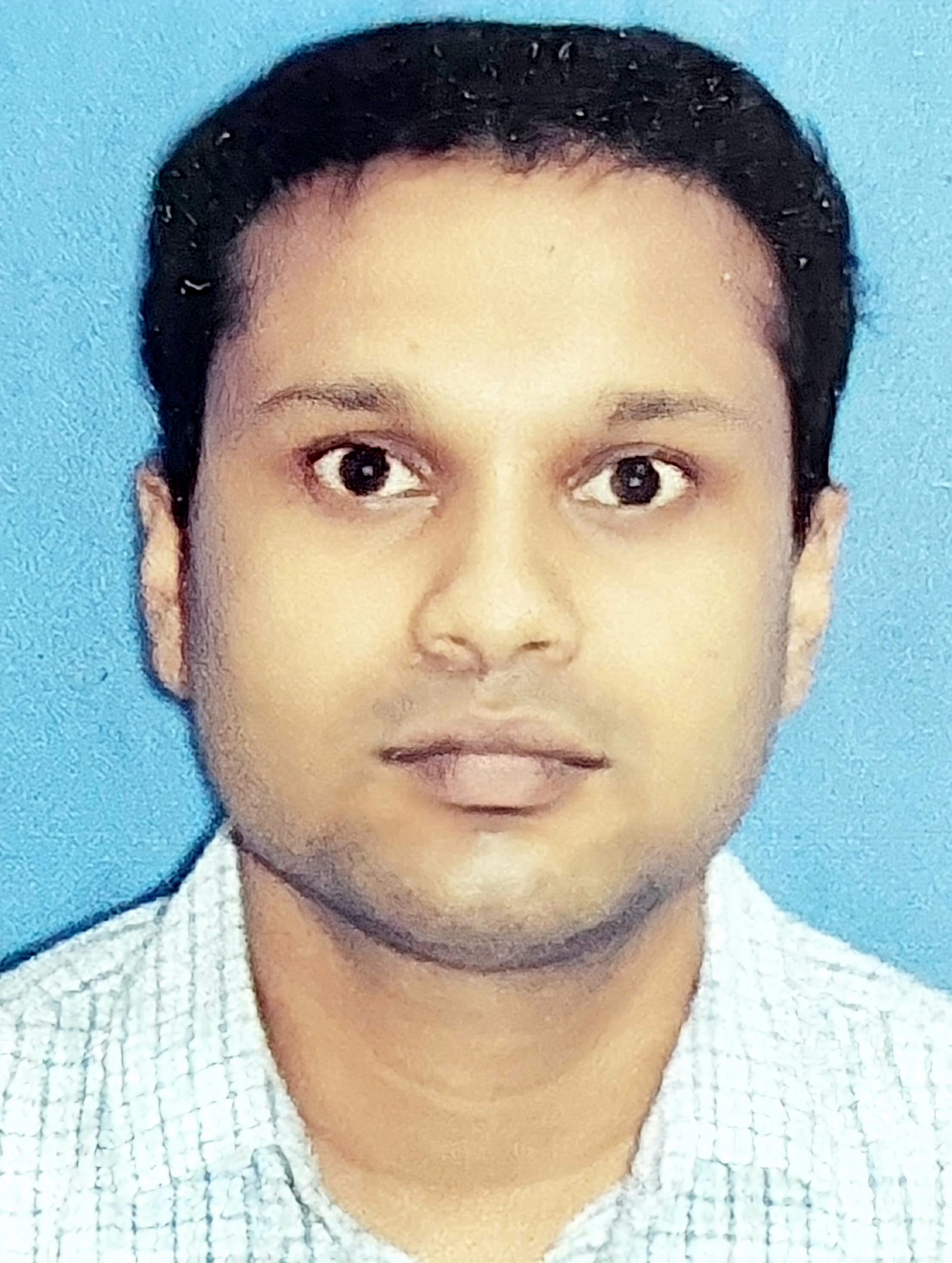
Shankhyaneel Sarkar is a senior subeditor at News18. He covers international affairs, where he focuses on breaking news to in-depth analyses. He has over five years of experience during which he has covered sev...Read More
Shankhyaneel Sarkar is a senior subeditor at News18. He covers international affairs, where he focuses on breaking news to in-depth analyses. He has over five years of experience during which he has covered sev...
Read More
Moscow, Russia
First Published:News world ‘Misguided’ Putin Wants More Than Ukraine, Donald Trump Warns

 1 month ago
1 month ago

